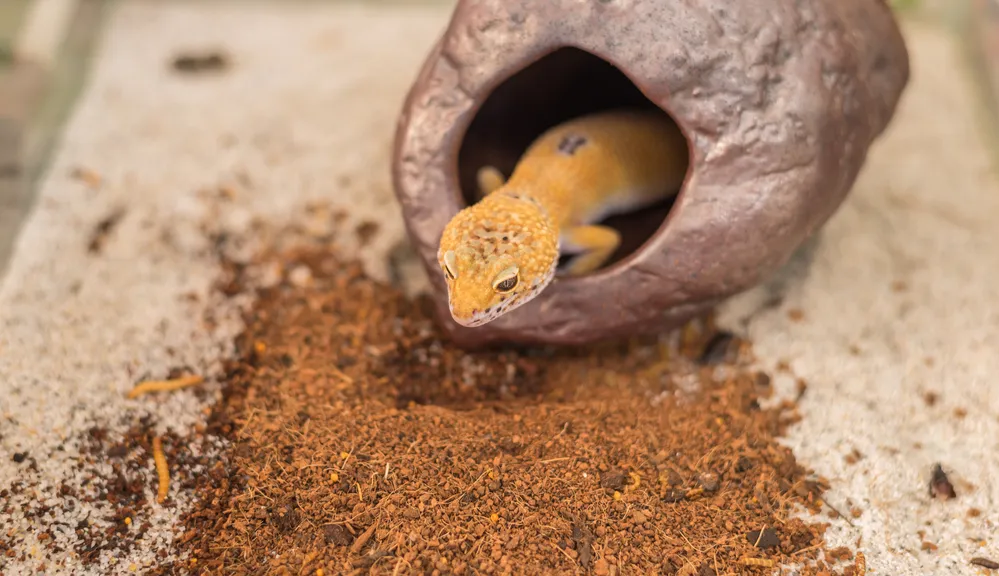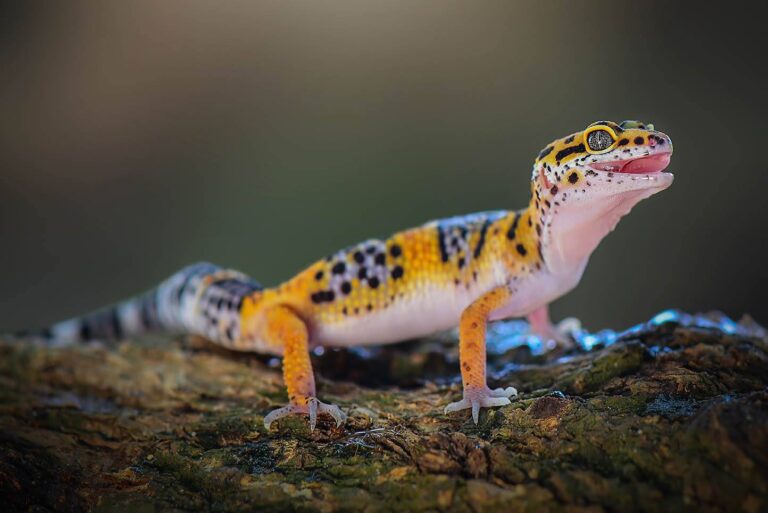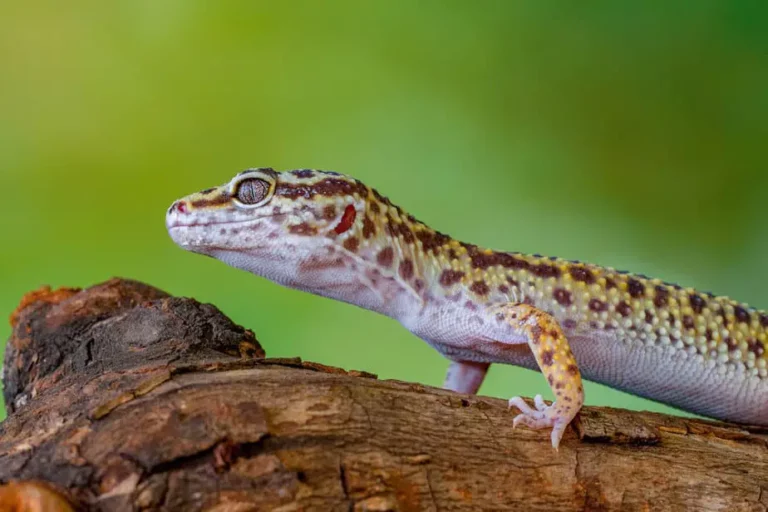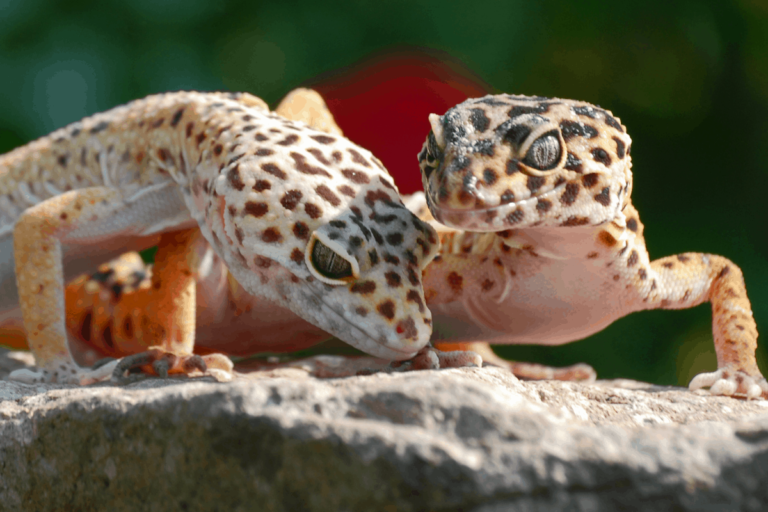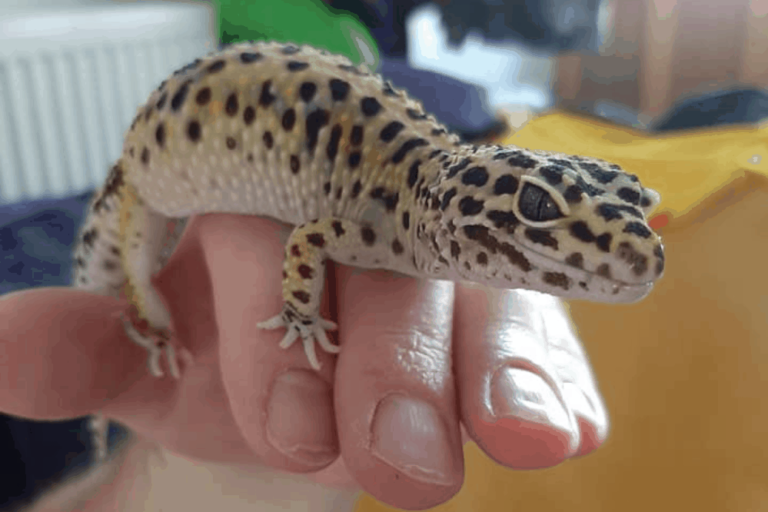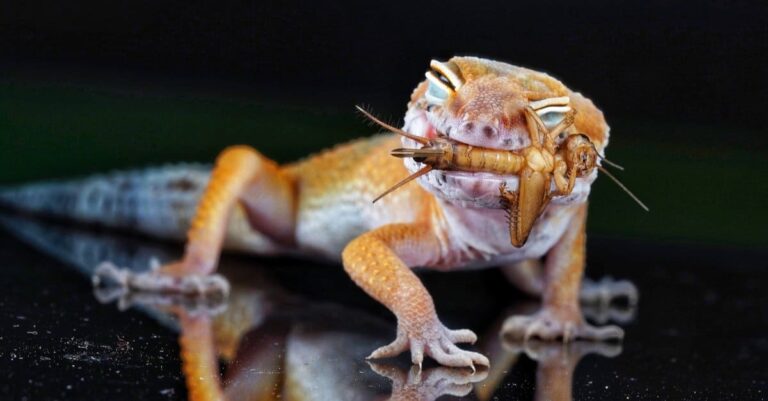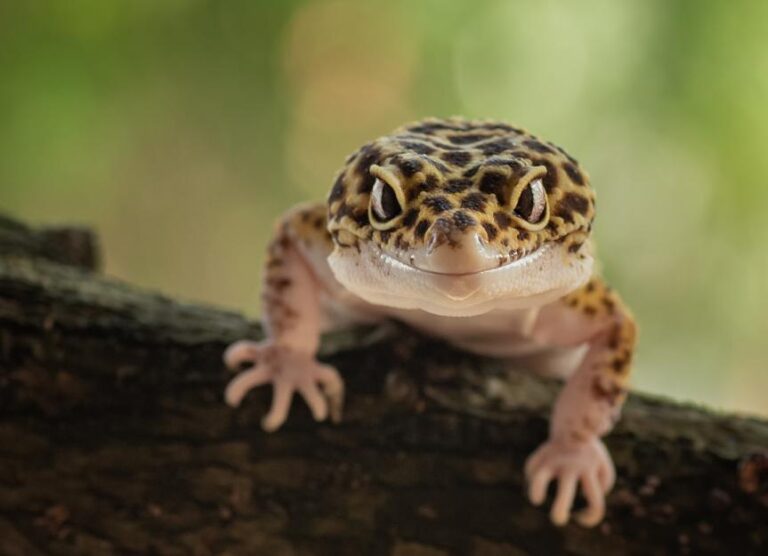Why Is My Leopard Gecko Digging Unearthing the Mystery
As I peered into the glass terrarium, my curiosity swelled alongside the growing pile of loose substrate. There, in the heart of its tiny desert oasis, my leopard gecko was hard at work, tirelessly excavating the sandy terrain beneath its scaled feet.
Questions swirled through my mind like the grains of sand slipping through its determined claws. Why is my leopard gecko digging? What secrets lay beneath the surface of this enigmatic behavior?
However, Leopard Geckos dig for different reasons: when they’re stressed, hiding from heat or danger, hunting for food, feeling bored, wanting to lay eggs, or just because they’re curious or following their instincts.
In this easy-to-understand guide, we’ll explore why they digs and what it means for their well-being. By the end, you’ll have a clear picture of their needs and how to provide the best care for them. Let’s dig right in!
Why Is My Leopard Gecko Digging: Top Cause
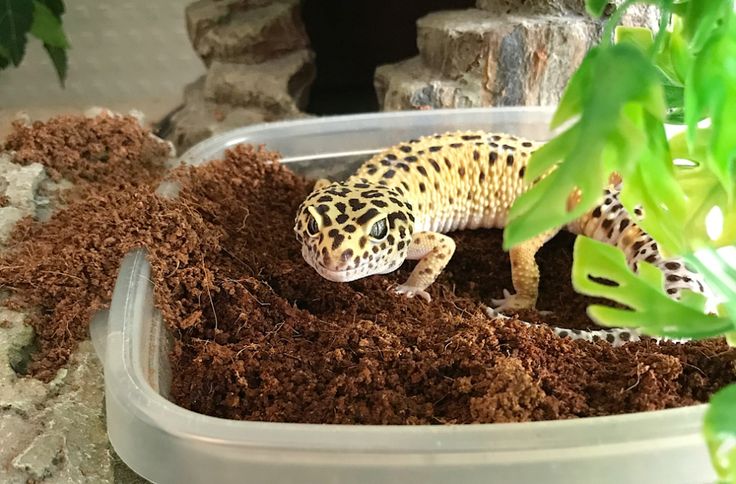
Heat and Temperature Regulation:
Originating from arid desert-like regions, Leopard Geckos are accustomed to seeking refuge from scorching temperatures. When their enclosure lacks proper hiding spots or if it becomes excessively hot, they resort to digging to escape the heat. Ensure enclosure maintains a suitable temperature gradient, with a hot zone around 87-90°F (30-32°C) and a cooler zone at 74-80°F (23-26°C). Monitoring temperatures with thermometers and a thermostat is essential.
No Hides:
Inadequate hiding spots can lead to stress and illness in it. . Provide at least three hides: one for warmth, one for cooling, and one with moisture. This prevents your gecko from digging out of frustration or stress.
Shedding Issues:
If it lacks appropriate hides or moist hideouts during shedding, it may become stressed and struggle with the process. Stress during shedding can lead to loss of appetite and illness, so ensure your gecko has the right conditions for shedding.
Stress:
In addition, Stress can manifest in it through digging, often triggered by irritation caused by unsuitable enclosure substrates or impaction due to ingested loose substrate. Carefully select appropriate substrates, such as paper towels, reptile carpets, or smooth stones, to prevent abrasion on your gecko’s delicate skin.
Egg-Laying Females:
Female Leopard Geckos may dig to find a suitable spot to lay their eggs if proper moist hides are not available. To facilitate this natural behavior, add vermiculite, coconut soil bedding, or sphagnum moss to hides or enclosures, keeping the moss moist but not wet.
Hiding from Threats:
When feeling threatened, they dig to hide and protect themselves, whether the threat is inside or outside the enclosure. Provide hides and educate visitors on proper handling to reduce stress for your gecko.
Instinct, Fun, and Curiosity:
Further, they are naturally curious creatures that enjoy digging. Sometimes, they dig out of boredom or simply out of instinct. To alleviate boredom, add accessories, plants, or hides, but maintain enough space for your gecko to move freely.
Additionally, you can introduce challenges by hiding food in their enclosure or placing insects covered in substrate for them to uncover. Just remember to remove any uneaten food to maintain enclosure cleanliness.
Finally, ensure your Leopard Gecko has ample space to move around. A minimum terrarium size of 10 gallons for a single gecko and larger tanks for multiple geckos is essential to prevent stress caused by confined spaces.
Creating the Ideal Leopard Gecko Habitat: Equipment and Care Essentials
1. Equipment Essentials:
Ensure your habitat has up-to-date light bulbs and functioning thermometers. Accurate temperature control is vital. Consider using a heating pad, as leopard geckos are nocturnal and sensitive to bright light. A heating pad provides gentle warmth without disrupting their natural behavior.
2. Lighting:
Use a low-wattage incandescent bulb to create the necessary heat. Opt for white light to replicate daytime conditions. For nighttime, invest in a ceramic heat bulb that emits heat without light, ensuring your gecko’s comfort during the night.
3. Temperature Regulation:
Be cautious with ceramic bulbs, as they can become excessively hot. In smaller enclosures, they might cause overheating. Infrared ceramic bulbs are suitable for larger habitats, providing supplemental heat where necessary.
4. Providing Hides:
Leopard geckos require hides to escape from heat and light. Offer three hides: a warm hide near the light source for digestion, a cool hide for resting, and a moist hide for shedding.
Natural hide boxes, terra cotta pots, or sanitized pieces of bark work well. Ensure they are appropriately sized and comfortable for your gecko.
5. Moist Hides:
A moist hide is essential for shedding. It maintains humidity and aids in shedding skin faster.
Create a shedding box with a substrate that retains moisture. Spray water lightly to increase humidity in this hide. Position the moist hide in the center of the habitat, providing a comfortable spot for shedding.
6. Nesting for Females:
If you have female one, ensure they have a suitable substrate for egg-laying. This helps prevent complications like egg binding. Natural substrates like coconut soil bedding or sphagnum moss work well for this purpose.
7. Stress Management:
Leopard geckos may dig to escape perceived threats, such as unfamiliar hands or pets. Keep the gecko’s environment stress-free. Educate others on proper handling to avoid causing stress to your gecko.
8. Regular Monitoring:
Continuously monitor behavior and environment. Ensure they are eating, drinking, and behaving normally. If digging behavior persists despite addressing all factors, consult a veterinarian promptly.
Assessing Leopard Gecko Digging Behavior
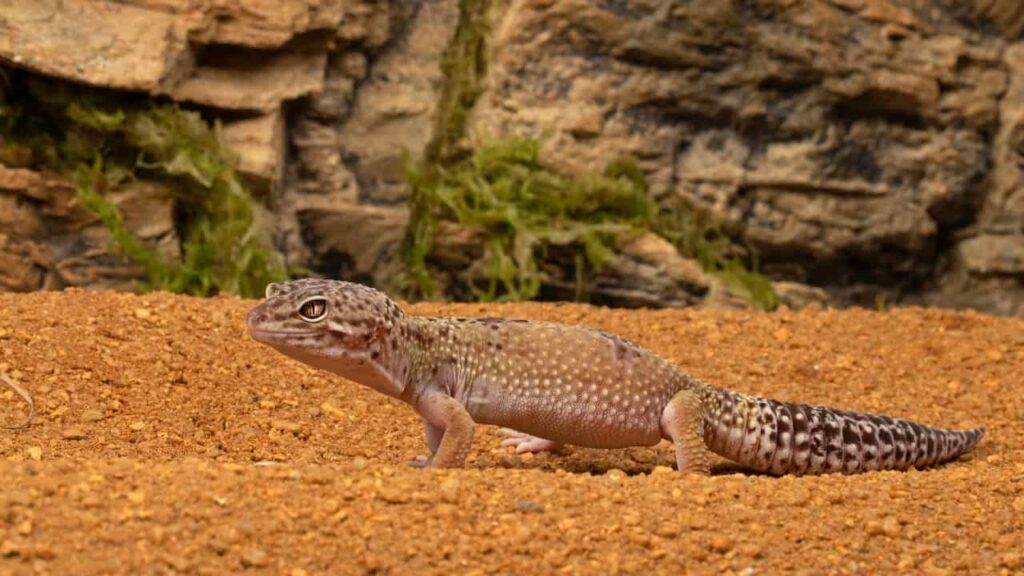
The act of digging in leopard geckos is often a natural behavior and typically not a cause for concern. However, it’s important to be attentive to certain signs. If your gecko begins to dig excessively or suddenly, it’s a good idea to review your husbandry practices, such as the availability and placement of hiding spots and the enclosure’s overall temperature.
Moreover, ensure you have a thermometer to monitor conditions. If digging is accompanied by other worrisome behaviors like loss of appetite, increased hiding, weight loss, or unusual glass swimming, it’s essential to closely assess your gecko’s health.
When in doubt, seeking advice from a veterinarian is a prudent step to ensure your leopard gecko’s well-being. Maintaining a watchful eye and responding to changes will help you provide the best possible care for your pet.
FAQs
Q1: Why is my gecko digging so much?
A1: Frequent digging in geckos can be natural behavior, but it may also indicate stress, temperature issues, or other environmental factors.
Q2: Why is my leopard gecko suddenly digging?
A2: Sudden digging might be due to changes in their environment, temperature, or discomfort. It’s essential to assess their habitat and health.
Q3: Why is my gecko scratching the ground?
A3: Scratching the ground can be normal digging behavior, but if it’s excessive or accompanied by distress signs, it warrants closer attention.
Q4: How do I know if my leopard gecko is happy?
A4: A happy gecko typically displays alertness, healthy appetite, active exploration, and basking behavior under a heat source.
Q5: How do I know if my leopard gecko is uncomfortable?
A5: Signs of discomfort include reduced appetite, excessive hiding, weight loss, or unusual behaviors like glass surfing. Monitoring their behavior and habitat conditions can help identify issues.
Final Words
In conclusion, I’ve learned that my Leopard Gecko may dig for a variety of reasons. It could be to seek shelter from stress, escape from heat or potential threats, look for food, beat boredom, lay eggs, or simply satisfy their natural curiosity.
Knowing these causes has aided me in improving my pet surroundings and ensuring its welfare. As a result, I now have a better grasp of why my baby could be digging and how to respond to its requirements accordingly.

